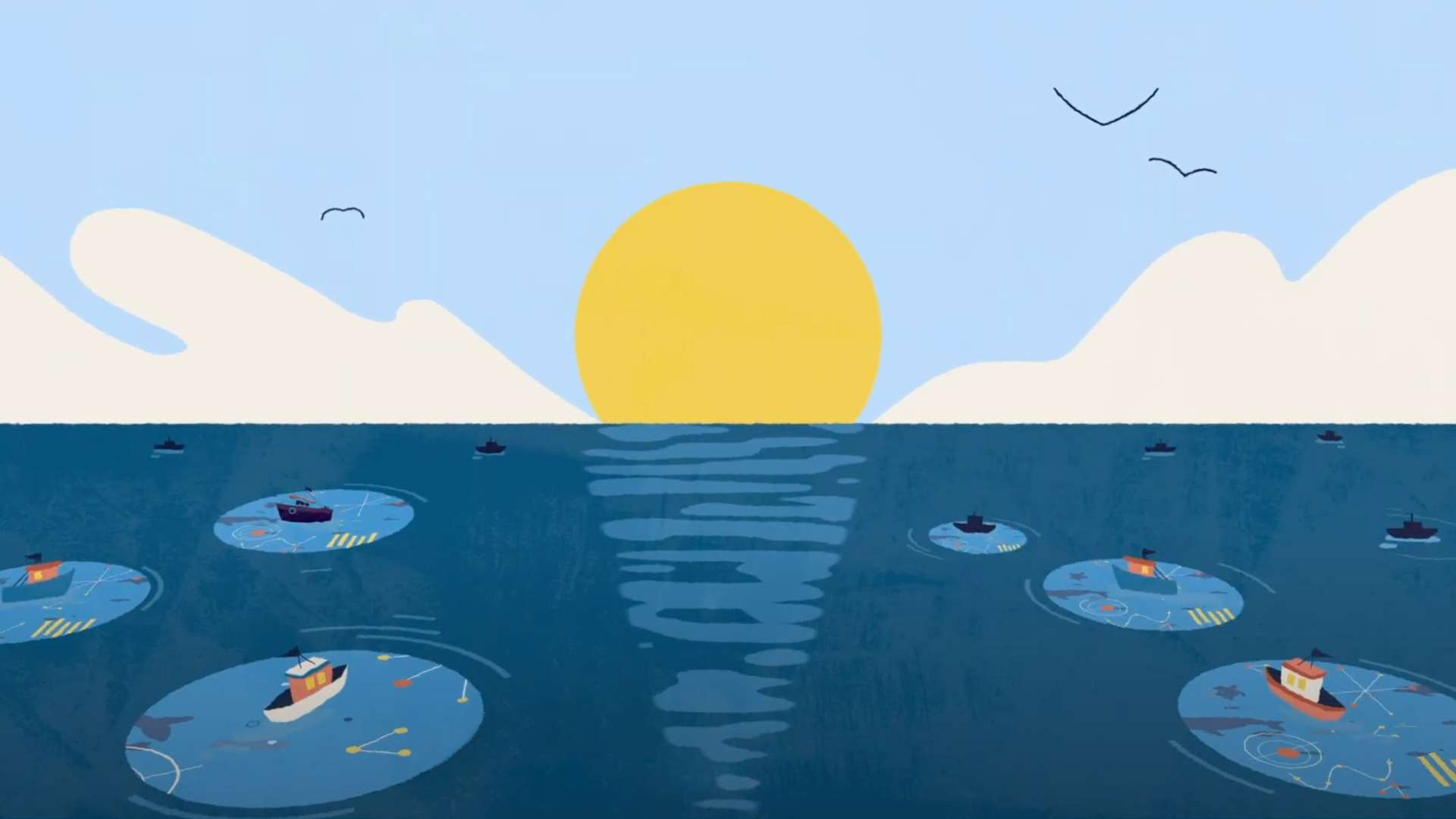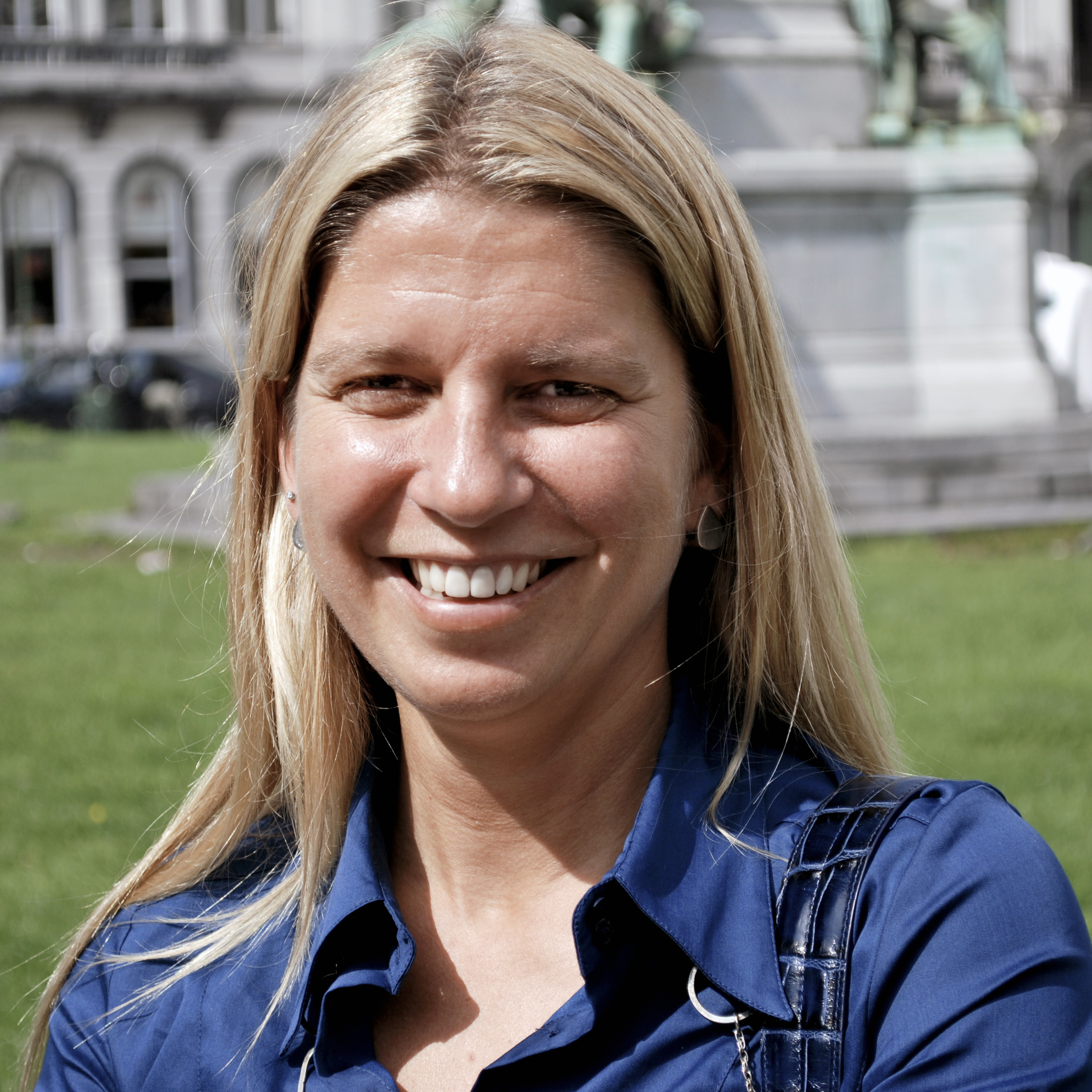On International Open Data Day, Experts Share How the Future of Seafood Could Rest With Artificial Intelligence
Increased use of open data in electronic monitoring could help ensure a sustainable future for international fisheries

Seafood demand, already at an all-time high, is projected to double by 2050, which will put enormous pressure on the ocean and global fisheries. To ensure that fishing is done sustainably and legally, fisheries managers must be able to accurately track catch and vessel activities across huge areas of ocean.
Electronic monitoring (EM) technologies can increase visibility of fishing activities by collecting data on catch, bycatch, fishing effort and a vessel’s compliance with regulations. But uptake of EM has been slow, largely due to the cost and time of reviewing the massive amount of video data produced on long fishing trips. The good news is that emerging developments in artificial intelligence (AI) and machine learning (ML) applications can reduce the time needed for video review and lower the cost of EM. But further evolution of these technologies will require access to open data: information that can be accessed, used and shared freely.
To mark International Open Data Day, Pew interviewed Lisa Borges, fisheries consultant and co-chair of the International Council for the Exploration of the Sea Working Group on Technology Integration for Fishery-Dependent Data; Brett Alger, electronic technologies coordinator at the National Oceanic and Atmospheric Administration’s National Marine Fisheries Service (NOAA Fisheries) and co-chair of the International Council for the Exploration of the Sea Working Group on Technology Integration for Fishery-Dependent Data; and Benjamin Woodward, co-founder and CEO of CVision AI, an AI consulting firm.
This interview has been edited for clarity and length.
Q: What does electronic monitoring of fisheries mean on the water?
Borges: I think EM has a real power to change fishers’ and fishing behavior. Having EM on board will increase compliance in general, but particularly with catch limits and several technical restrictions, such as the nets’ mesh, gear deployment limits, and closed areas. At the same time, it will also increase fisheries’ selectivity for targeted species and sizes, and will certainly increase the quality and quantity of available information reported by fishers.
Q: How does EM compare to traditional monitoring when it comes to fisheries policy?
Alger: EM can help inform fishery managers’ decision-making by validating fishing effort information and enabling a more flexible approach to area closures, fishing gear regulations and fishery catch accounting process improvements. EM can also help improve scientific data collection and quota setting for more effective fishery management. Greater transparency of on-the-water operations and practices is valuable throughout the consumer supply chain for decision-making in the global seafood market.
Borges: EM can help increase compliance with management measures and improve data quality, which are the basis for scientific advice to policy. It’s key that scientists have access to accurate fisheries data to ensure that their stock, fisheries and ecosystem assessments advice reflects the reality of what’s going on at sea.
Q: How can artificial intelligence and machine learning—in current practice and as they evolve—help improve fisheries management?
Woodward: AI and ML are really promising tools for fisheries management, especially for review of EM videos; AI and ML can identify important sections of videos. That reduces the time that humans need to review the videos, helping lower the costs of these monitoring programs, which is crucial to them being adopted more broadly. As these algorithms evolve, the next step is for them to be used onboard the fishing boats, reducing the amount of video footage that needs to be recorded, transmitted and stored.
Alger: Artificial intelligence and machine learning will help support the scaling and implementation of EM for the future. AI/ML tools currently help us to prioritize image analysis, such as identifying when a vessel is not fishing, or does not have catch on deck. Research and development efforts are underway to develop AI/ML models that can identify fish species and provide weight estimates, but more work is needed before these tools can be deployed across a large fishing fleet. These tools can greatly reduce EM costs and lower the barriers of entry to EM; they can also improve the availability and timeliness of data, and our understanding of a fishery and how to manage it.
Q: Why is open data important for developing AI and ML for fisheries?
Woodward: Open data is crucial to building trust in AI applications. Large, open and well-curated data sets are like a candle to moths for computer vision researchers, and fisheries applications can only benefit from increased attention by the research community.
Alger: Because EM for fisheries is still new, few image-based data sets exist to train models, and so it’s important to make data accessible when possible. In the U.S., we also adhere to a legal framework that protects the privacy of fishers and their businesses. Therefore, it is important to communicate with the fishing industry and other stakeholders on the benefits of making data available to facilitate the growth of EM in the future and reduce the costs of EM, while ensuring that privacy concerns are thoroughly addressed.
Q: How can governments and other stakeholders support greater open data?
Woodward: The best way to support more open data is to promote data-sharing agreements when developing EM programs. It’s far better to confront personal and business privacy issues up front than trying to resolve them farther down the line.
Borges: One way is to require that government-funded projects make their data open, while ensuring privacy of personal and commercial operations are maintained. Standards, guidelines and best practices on open data and privacy should be developed with all interested parties and end users such as commercial EM providers, regulators, the fishing industry, scientific institutions, environmental NGOs and privacy consultancy companies.
Alger: Greater data sharing can be supported through ongoing and proactive communications across fishery sectors, including evaluating who can best manage annotated data sets to develop AI/ML for use in EM programs. In the case of multinational fisheries, that may include private sector partners and non-profit environmental organizations in addition to the government. By understanding the needs of the fishing industry, we can better ensure that AI/ML tools and solutions are developed to fully realize the benefits for everyone involved while maximizing the cost-effectiveness of adopting EM.
Q: How much of an impact can EM, AI and ML make in addressing the challenges facing fisheries around the world?
Woodward: EM has a large role to play in the challenges facing fisheries around the world, and AI is critical to enabling effective use of EM data, specifically video—which is expensive to transmit, review and store. The large majority of video data from these programs is of non-critical activities. Once AI is integrated into EM systems, it can identify activities of interest on the videos in real time, so much of that video can be culled before the expensive transmission and review process.
Alger: EM plays a role in that effort by maximizing the use of data to build more adaptable fishing communities and regulations through science. NOAA provides vital services, all backed by sound science and an ecosystem-based approach to management that includes EM and AI/ML. And we look forward to expanding and exploring new ways to leverage these fields to deliver on our mission. Our work in this field depends upon the partnerships and trust we build with the fishing industry, and we look forward to continued collaboration and making EM available to more fisheries.
















